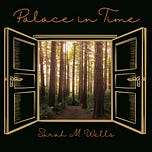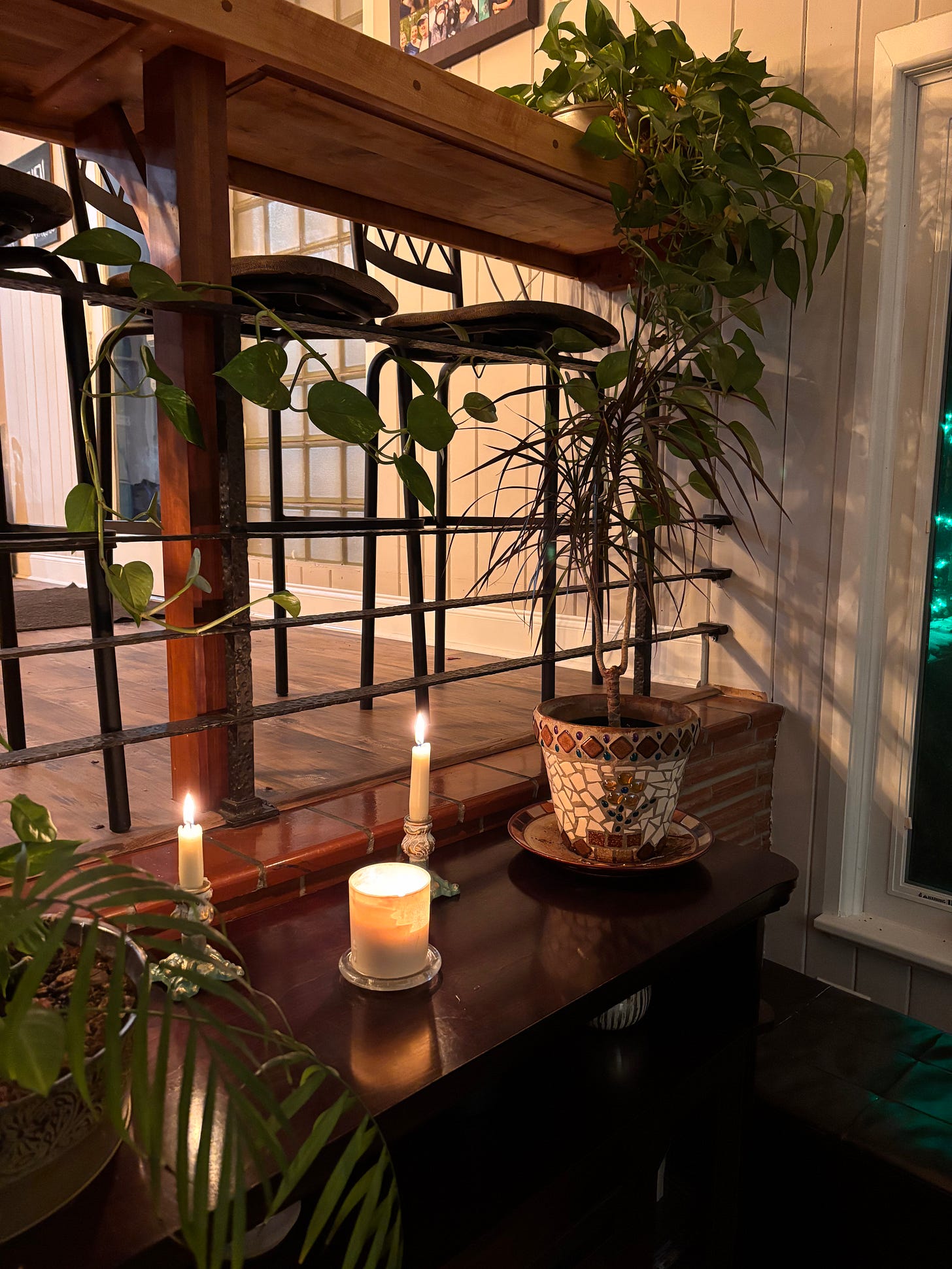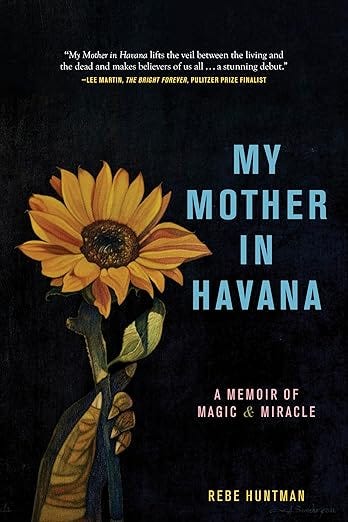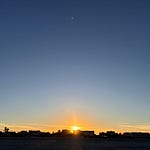Last weekend, I took down all of our Christmas decorations, a necessary, bittersweet ending to the bright and joyful season every year. In place of all the lights and color, our home often feels both neat and bare in a way that is refreshing and sad.
It’s the both/and reality of January.
Some of our people weren’t home when I took down the decorations, and when they arrived, it took them a few minutes to register that everything was put away.
Okay, one of them didn’t even comment.
Our church began the process of demolishing our old sanctuary over the holidays. Brandon and I walked by the day after Christmas to see their progress. The gaping hole in the church was shocking, with half the building still standing and the other half a mound of bricks, plaster, and splintered wood. It was not unlike my living room in its in-between state, half the ornaments tucked into their bins, unplugged Christmas lights draped in a tangle on the carpet, the tree in the middle of undressing, all exposed and off-kilter. It is hard to overlook anything in the in-between.
By the time we arrived for church on Sunday, though, most of the building that defined the skyline of our church property had been hauled away already. It was almost as if it had never been there.
That’s the odd thing about spaces that have been recently made vacant. The glitz and sparkle, the nutcrackers and towering Christmas tree with thousands of ornaments, the nativity and pine swag garland, it only exists now in memory (and Tupperware bins in the basement). The church building and its 100 years of sheltering the worship and ministry of our church family, its only remains are photos and salvaged stained glass, pews, and a brick or two, pieces we can hang onto as a gateway to remember what used to be.
It’s a lot of emptiness, an emptiness that can easily fill with dust and grief.
But it doesn’t have to fill that way forever.
When a tree finally gives in to gravity and lands on the forest floor, that is not the end of its life. The fallen tree trunk and its uplifted root system becomes shelter for woodland creatures. It becomes food for microorganisms. It becomes compost for new saplings. Its absence opens a gap in the canopy that lets bright sunlight reach the previously shaded forest floor.
This one ending is a grand beginning for something new, something bright, something that never existed before, something none of us has ever seen. It is this way in all of creation. It will be this way in our church. It will be this way in our living room. It will be this way in our family, even as the children go about becoming adults, leaving their own gaping vacancies in our home.
When we took down the tree, Brandon said, “The living room is brighter now.” All throughout December, the tree had blocked our south facing window and what little light trickles down through the bare branches of the maples. But now, somehow, in the bleak midwinter, our living room is brighter.
After Brandon swept away the plastic pine needles and shed glitter, I rearranged the candles on the table and brought a few plants from in the kitchen to give them a chance to snatch a little of that extra light. I think this year I’ll find more green things to fill the vacant space to remind me how much new life can thrive if given a little light and more room to grow.
(Expect to hear a lot about abiding the transition from teens to adult children a lot in the next four years.)
I’m in the middle of this great book…
…about a woman’s search for the pieces and parts of herself and her mother in the dance and spirituality of Havana. Rebe Huntman’s memoir, My Mother in Havana, will officially be published in February but it’s available for pre-order now, and I’ve got the pleasure of digging into the beautiful writing and master storytelling ahead of her release. Rebe transports me right into the heart of Cuba, a place I’ve never been but one that has become vivid and magical to me through the music of her prose.
Rebe’s mom died from cancer when Rebe was in college, and her month-long trip to Cuba is an adventurous attempt to reconnect in mystical ways to her lost mother, while also exploring and discovering what makes her who she is, underneath all of the roles and titles she’s assumed throughout the years. Through the mysterious cross-section of gods, goddesses, and saints of Cuba, Rebe also invites us to consider feminine spirituality, the spirituality of the Mother-with-a-capital-M. I’m only halfway in, but I’m definitely hooked and can’t wait to be taken deeper into the heart of Cuba and Rebe’s story.
You’re going to want to put this one on your to-read list.
















Share this post